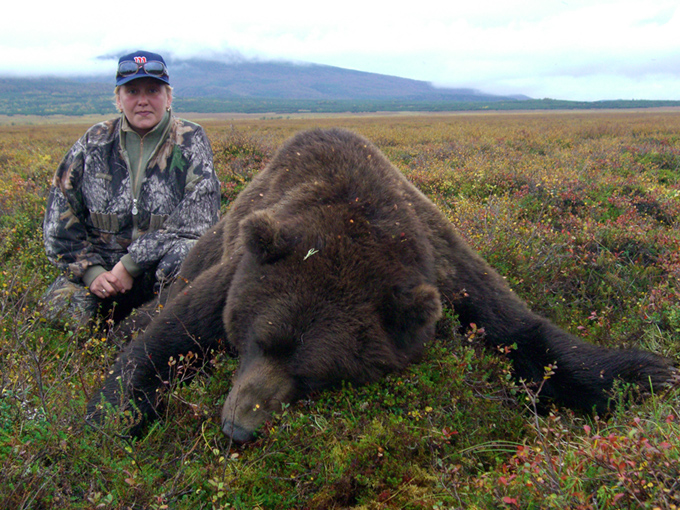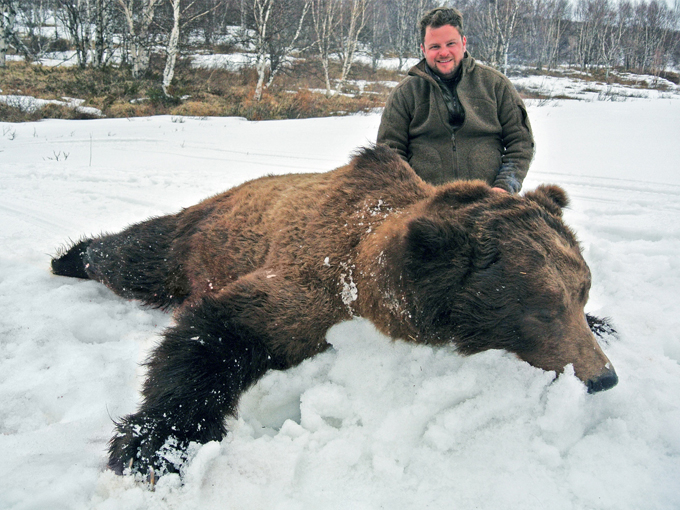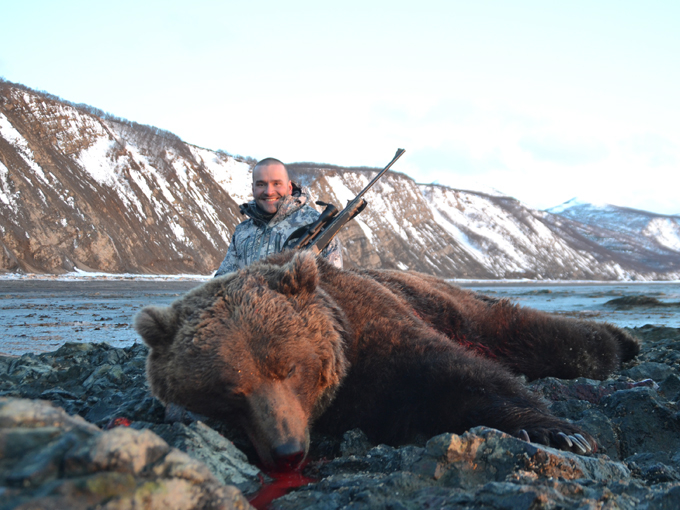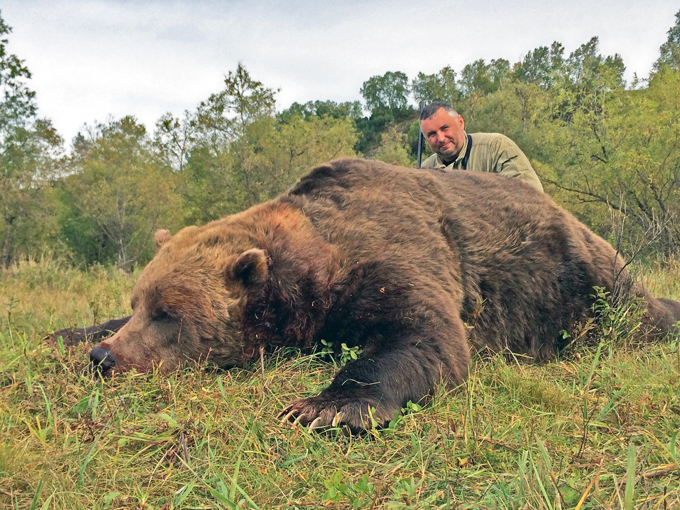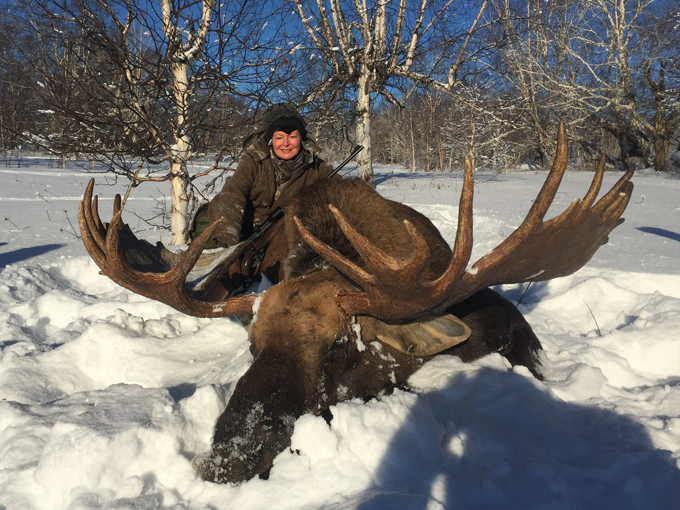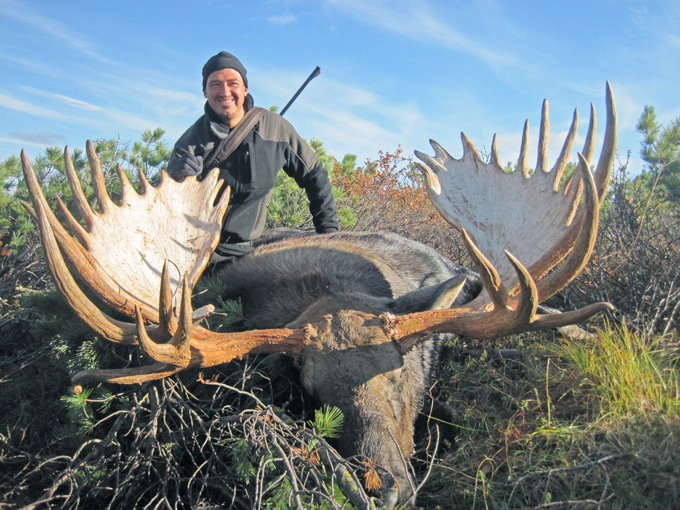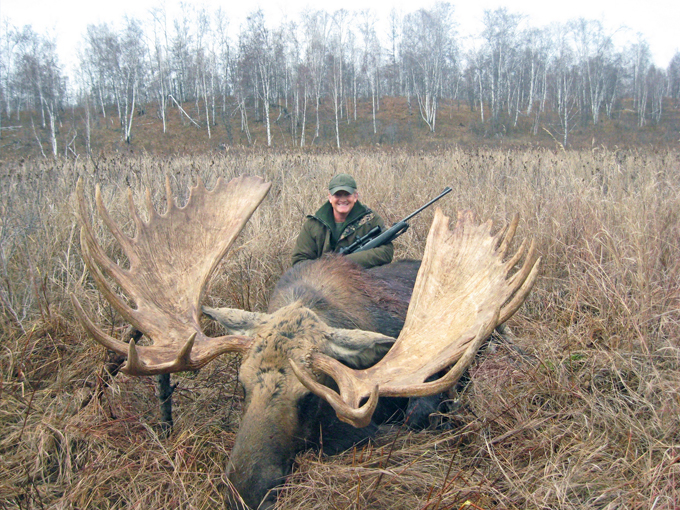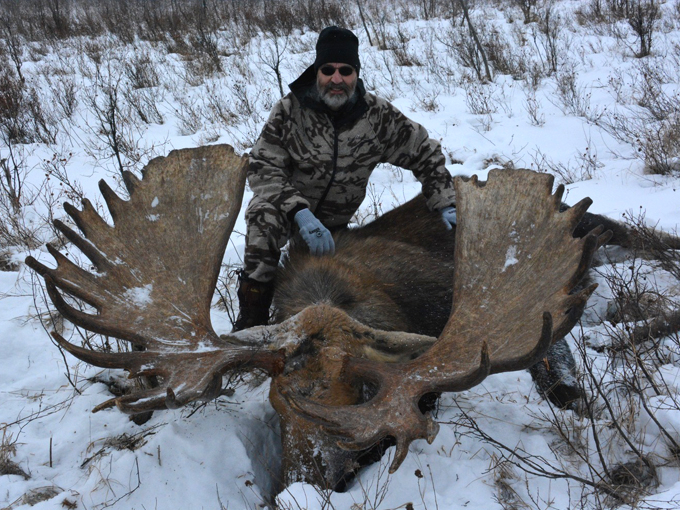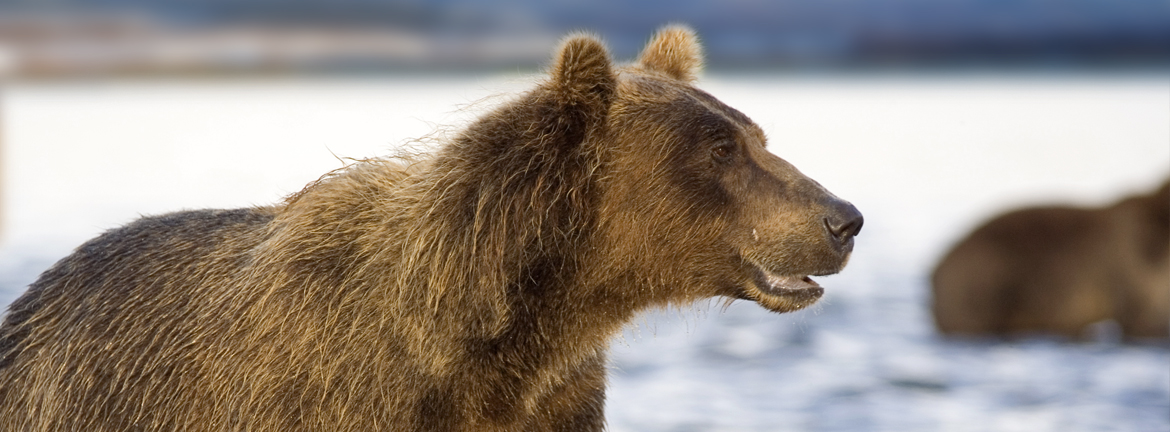
Kamchatka
Kamchatka's bear hunt is one of the most exciting adventures that a hunter can experience.
Bear hunts (group of 4 hunters)
The Kamchatka Peninsula is famous for its large bears. Every year at least ten 9-foot (273cm) bears are killed in our area, and often a few 10-foot (305cm) giants.
For a long time Kamchatka offered a nearly a 100% guaranteed kill rate, but climate change also now affects the area and warm springs make hunts more challenging. This means that the selection of a hunting area plays an even larger role. With us, you will find the best hunting areas and our partners will handle everything with 20 years of experience.
- Spring hunt: 25 April - 25 May
- Fall hunt: 20 August - 1 October
Spring hunt
The hunting season begins when the bears awaken from hibernation. Hunters travel deep into the wilderness on snowmobiles to search for tracks. The guide drives the snowmobile and the customer enjoys the views and the ride. When large tracks are found, the actual hunt begins. When the bear has been located, the hunter approaches the shooting distance on foot, skis or snowshoes.
Fall hunt
During the fall hunt bears are stalked by boat, on foot, or by keeping an eye on salmon streams and berry swamps. In some areas it is also possible to use horses. The average shooting distance in bear hunts is 100-200 metres.
Accommodation
Hunters stay in tents and cabins. They are heated and tidy, but naturally do not have running water or a WC. Separate tents are set up at the camp for meals, bathing and sleeping. Electricity is provided by a generator. Each group is accompanied by its own interpreter and cook.
Weather
- Spring hunt: 0 to +8°C daytime, 0-10°C at night.
- Fall hunt: 15-20°C daytime, 0-10°C at night.
Moose hunts (1-2 hunters per group)
The chukotka moose is the largest horned animal in the world. Moose hunts are held in the central area of the Kamchatka Peninsula. The average size of a trophy moose killed in Kamchatka is 155cm, but each year 178–183 cm giants with 55kg horns are also killed.
Schedule:
- Fall hunt 25 September - 15 October
- Winter hunt 25 November - 20 December.
Moose are found from the valleys to the tree lines of the mountains. Locals monitor the movements of moose and select a hunting area. During the fall hunt, travel is on horseback. The winter hunt uses snowmobiles, and when fresh tracks are found the hunters approach on skis.
Hunting camps have stoves, and heat is provided by a generator.
Weather:
Temperatures vary from 10-15°C in the daytime and from -5 to 5°C at night. Snow storms and rain are possible. During the winter hunt daytime temperatures range from
-20°C to a few degrees Celsius, and freezing weather at night is usually –25/20°C.
Kamchatka's bear and moose hunts are always tailored to specific needs.
More information +358 40 417 8807.
